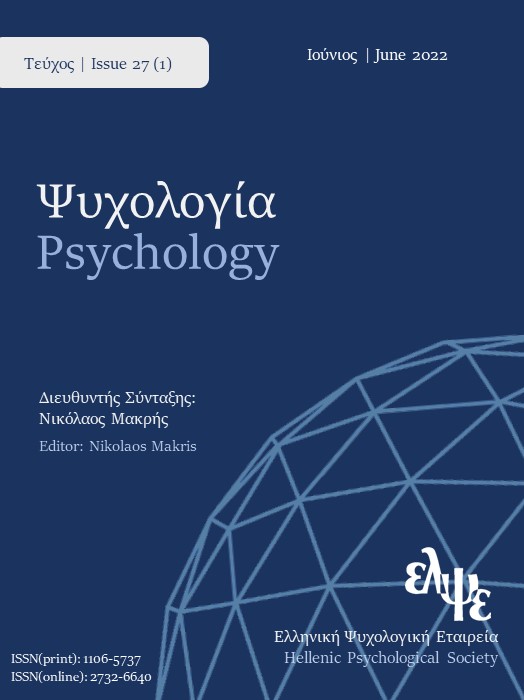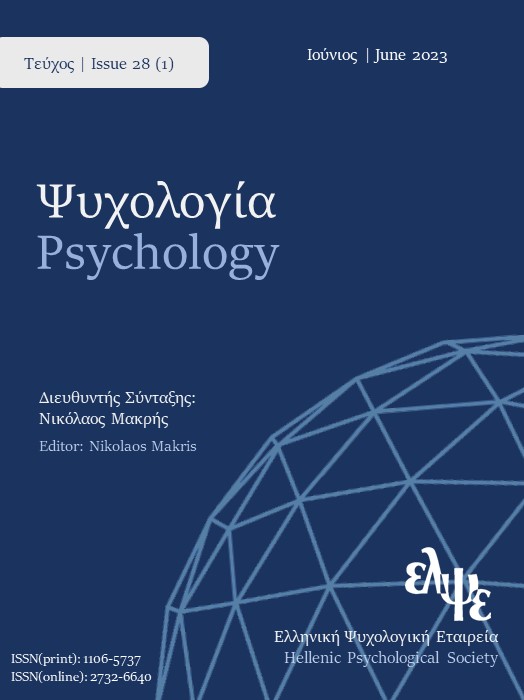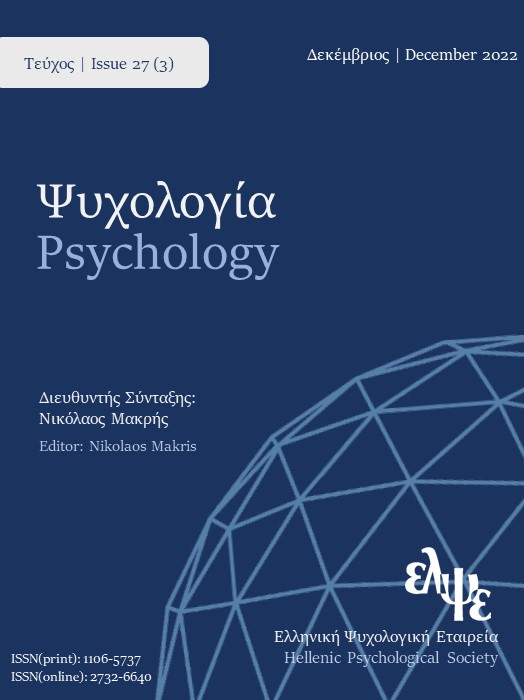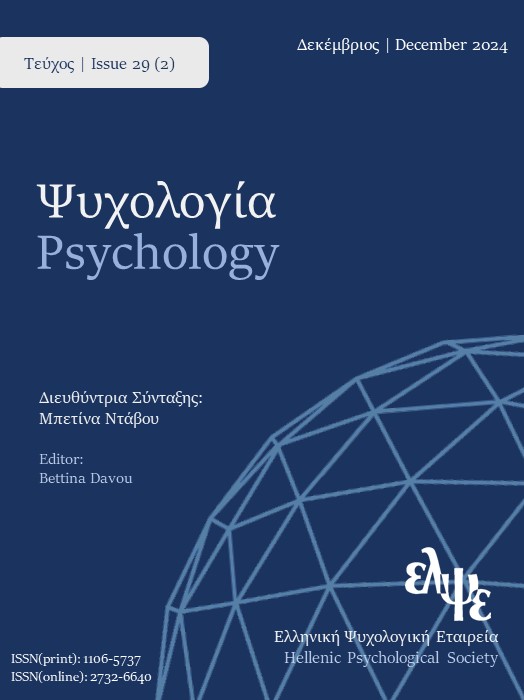Emotional processes, leadership, gender and workplace affect in interdisciplinary teams

Abstract
The purpose of this study was to analyze the role of emotional skills and gender in workplace affect through non-hierarchical level and multilevel analyses. Data was collected through self-report questionnaires completed by 19 directors and 128 subordinates working in interdisciplinary teams of Centers of Educational and Counselling Support. At non-hierarchical level, higher order emotional abilities (use and regulate emotions) were positively related to positive affect at workplace. Negative affect was negatively associated with the ability to regulate emotions and positively with the strategy of emotional suppression. At multilevel analyses, cognitive reappraisal emerged as a significant predictor for both the positive and negative affect (inversed) of the subordinates. Gender differences were observed at multilevel analyses. We tempt to explore possible tensions between emotional competencies and emotional outcomes (workplace affect) both at non-hierarchical level and managerial level in interdisciplinary teams. Training programs may promote group emotional empowerment and focus on higher order emotional skills. Managerial level training programs could also go deep in cognitive reappraisal of the emotions as an emotion regulation strategy that promotes safer emotional affect at workplace.
Article Details
- How to Cite
-
Tsouvelas, G., Nikolaou, I., & Koulierakis, G. (2022). Emotional processes, leadership, gender and workplace affect in interdisciplinary teams. Psychology: The Journal of the Hellenic Psychological Society, 27(1), 161–174. https://doi.org/10.12681/psyhps.27093
- Section
- RESEARCH PAPERS

This work is licensed under a Creative Commons Attribution-ShareAlike 4.0 International License.
The journal PSYCHOLOGY adopts a Platinum open-access policy. Submission, processing or publication costs are waived by the Hellenic Psychological Society. Papers published in the journal PSYCHOLOGY are licensed under a 'Creative Commons Attribution-ShareAlike 4.0 International' licence. The authors reserve the copyright of their work and grant the journal the right of its first publication. Third-party licensees are allowed to use the published paper immediately after publication as they wish, provided they retain the defined by the license copyright formalities, regarding the reference to its author(s) and its initial publication in the journal PSYCHOLOGY. Moreover, any adjusted work should be shared under the same reuse rights, so with the same CC license.





